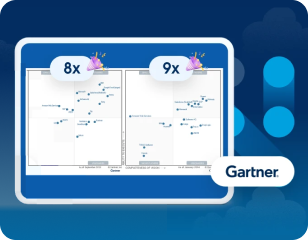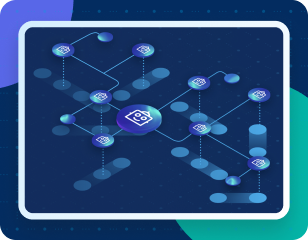Build vs. Buy: Optimizing Integration for the Age of AI
Comparing the two approaches to enterprise integration.
✓ Trust is our #1 value, so rest assured your email is safe. Learn more about the use of personal data in our Privacy Policy.
Rapid technology shifts have long impacted how organizations operate and engage with customers. Now, as seamless digital experiences become the norm, companies are investing heavily in various systems, applications, and processes that generate massive amounts of data.
This data is not just a byproduct of business processes, but a valuable resource for driving AI adoption and making smarter, data-driven decisions.
Yet, scaling to meet the growing demand for seamless digital experiences presents significant challenges, particularly as AI becomes a critical driver of innovation. According to the 2025 Connectivity Benchmark Report, organizations today use 897 applications, with 45% managing 1,000 or more.
Despite this proliferation, the percentage of integrated or connected applications has remained relatively stagnant, with only 2% of IT leaders reporting that their organizations have integrated more than half of their applications.
This lack of integration poses substantial hurdles for developers, making it difficult to deliver exceptional digital experiences and limiting the impact of digital innovations.
More than ever, organizations must prioritize integration and automation to manage their data effectively. But which is the best path forward? It's a critical choice for organizations: either build a custom integration solution or invest in a ready-made integration platform.
Download this whitepaper to learn:
- Why a comprehensive integration platform provides benefits that custom-built solutions cannot match.
- How to integrate their applications more efficiently, streamline data flow, and enhance the overall digital experience for customers.
- Ways to overcome the challenges of integration and fully leverage the power of their data to drive innovation and growth.



